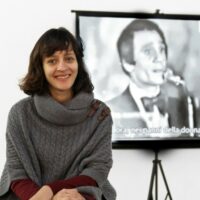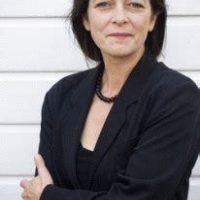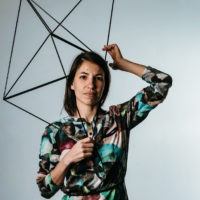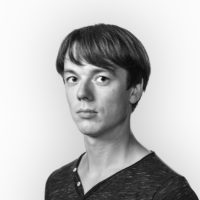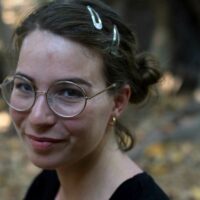In September 2020, the new Research Group of the lectorate Art Theory & Practice took off. Participants for the academic year 2020-2021 are Dina Danish (Bachelor Fine Arts), Maya Rasker (PhDArts/ArtScience/lectorate KTP), Ludmila Rodrigues (ArtScience/ Preparatory year), Loek van Vliet (Bachelor Photography) and Lua Vollaard (Master Artistic Research). The Research Group is chaired by Janneke Wesseling.
RESEARCH PROJECTS AND PARTICIPANTS
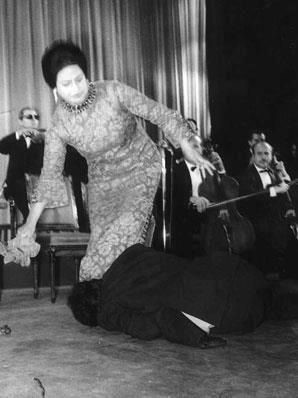
Dina Danish is researching four historical cases in Egypt and France in which performers have been interrupted by one or by several members of the audience. Taking the political climate into account, Danish argues that the interruptions mirror the affiliation of the performers with certain political ideologies, which are on the verge of collapse causing the audience to act as interrupters. The four cases she is studying are the following:
- Futurist Marinetti is interrupted during his lecture on motorized poetry by the Egyptian Surrealists in Cairo
- Charlie Chaplin is interrupted during a press conference on his movie Limelight by Guy Debord and the newly formed Lettrist International at the Ritz hotel in Paris.
- Egyptian singer Halim is interrupted during his live performance of his song Qareat al Fingan by whistlers within the audience.
- Egyptian singer Oum Kolthoum is interrupted and attacked during her live performance by one of her admirers at L’Olympia in Paris.
Biography: DINA DANISH
Website link: www.dinadanish.com
As in most art schools, research in and through art practice is an integrated part of KABK’s program and pedagogy. In line with this policy, students are required to deliver a written account of, or around their artistic research: a paper, a thesis, an exegetic supplement of some sort. Although this textual part of their studies does not need to be academic, a certain level of reflective scholarly writing is asked for. This requirement is, amongst others, often met by applying footnotes and other types of references, thus underlining and representing the scholarly (theoretical) aspect of a written work.
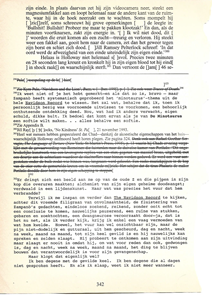
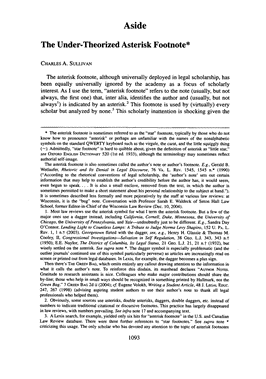
The annotation system (here called ‘footnote’, but also includes the endnote and author-date reference) as the paragon of scholarly prose corroborate the research as laid out in the text. As a convention, this device renders authority and reliability to what is being said, and how the student got there: the footnote serves as evidence and justification of the research done.
Looking from a different, rhetorical angle, the chain of footnotes can be read as a secondary story alongside the main text in which, by close reading, it reveals, for instance, the weak spots in the research, inconsistencies in reasoning, the author’s vanity, even animosity towards a theory or a teacher.[1] It can be read as a personal account of the researcher’s dilemma’s, affects, hazards and choices, while exposing and keeping track of influences, interactions, or changes of direction.
In this research project Rasker intends to get a more comprehensive idea about the footnote as a rhetorical device, both in scholarly and in literary texts. The underlying question is: what are the potentialities of the footnote that render its application clarifying and gratifying as a relational device in the production of scholarly texts?
Secondary to that question is Rakers curiosity if, and if so how the footnote can be applied as a connecting rather than a dividing apparatus (‘zipper’ rather than ‘snag’), joining the artistic and the scholarly component of the writing process.
[1] Grafton, Anthony (1997), The footnote: a curious history. Cambridge MA: Harvard University Press, pp. 8, 13. See also: Magee, Paul (2020), Alternative futures for the creative writing doctorate (by way of the past), in: Text Journal of writing and writing courses 24, 1 (April): 1-21
Biography: MAYA RASKER
In times of mediated social interactions drastically transforming our behaviour, Rodrigues wonders about the role of art in responding to matters of embodiment and sociality. How can artists contribute to the research on remote communication, facilitating physical and emotional experience in digital encounters?
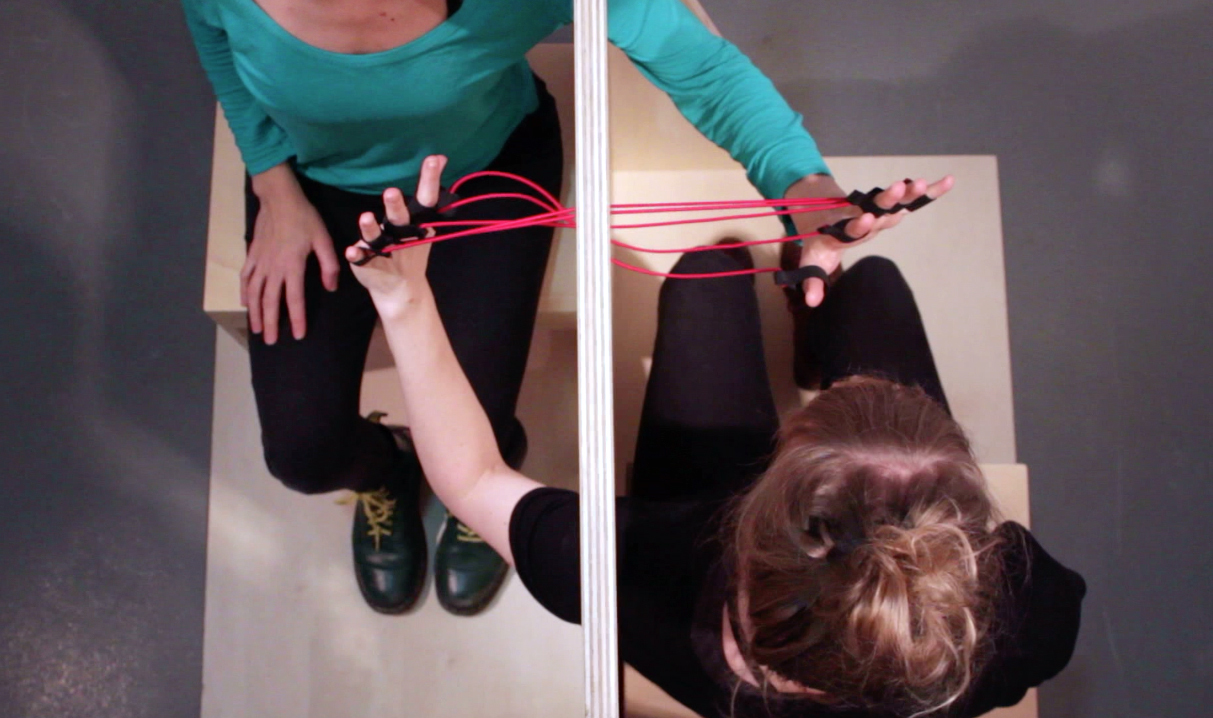
Current media provide us with tremendous opportunities for staying in touch with others. Today we are available at any time and place, responding by text, voice or video. This immediate accessibility, however, ignores other nuances of human communication. While digitally connected, we rely on visual-acoustic, linguistic exchange of information, missing a myriad of subtle and fuzzy aspects of unmediated experience. Non-verbal cues, gestures, temperature and smells are hardly carried by current media. While there's an urgent need for reclaiming embodied experience, it is hard to imagine how sensations eventually will be technologically mediated. This research is intended to challenge my own assumptions about mediated human encounters, tapping into my own doubts about digitizing sensations.
Through this framework, Rodrigues reflects on her artistic practice, as someone coming from a visual background into the realm of physical experience, intersecting film, architecture and dance. After graduating in Architecture and having worked as web designer and animator for some time, around 2010 (while at the ArtScience department, KABK) I abandoned video and started exploring performative situations in which the audience is engaged in unusual forms of social and kinesthetic interaction. These performative situations defy expectations and invite for a shared awareness of touch and movement. So far my works have been radically analogue and open for participation – with a haptic, collaborative relationship unravelling.between visitor(s) and artwork. Building upon this experience, I will work on a series of experiments with sensors and actuators in order to assess touch and movement over a distance.
Biography: LUDMILA RODRIGUES
Website: www.ludmilarodrigues.nl
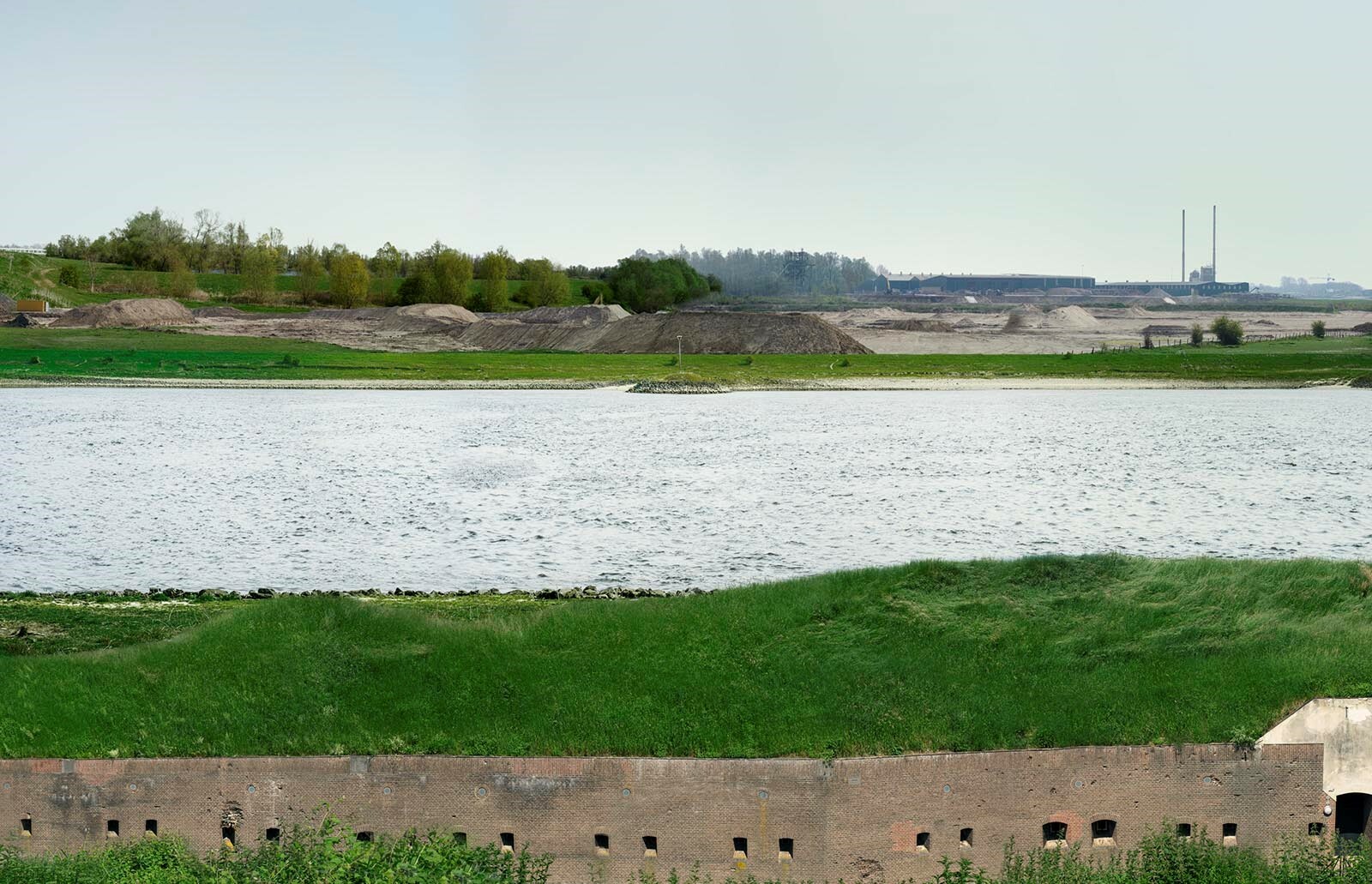
Over the last decade van Vliet had a focus on our experience of landscape, of our environment. In many ways this has led him to the idea that our surrounding landscape in part shapes who we are, and how we look upon the world. This begs the question is identity created by the landscape or through the landscape? Is there first the perception of the landscape, or is this perception filtered through our ideas of that landscape and our identity? In which way may the landscape create a cultural identity, or is the landscape created by a cultural identity? These are many questions that have led me down the road towards the most pressing question to consider In which way does our surrounding landscape shape our identity?
Reading a broad range of writings, ranging from Francis
Fukuyama to Auke van der Woud, van Vliet analyses how the role of the landscape
on identity is described. In this research he tries to make the notion of
‘identity’ in relation to the landscape as concrete as possible, focussing on
one particular area, The Gelderse Poort. Which has narrowed down the research
to his current research question: How does the river Rhine influence the
people living in the area of the Gelderse Poort?
The result is a socratic dialogue with
the river, in which he explores the terms landscape and identity, and the
interaction between the natural elements and the cultural elements present.
Biography: LOEK VAN VLIET
Biography: LUA VOLLAARD
